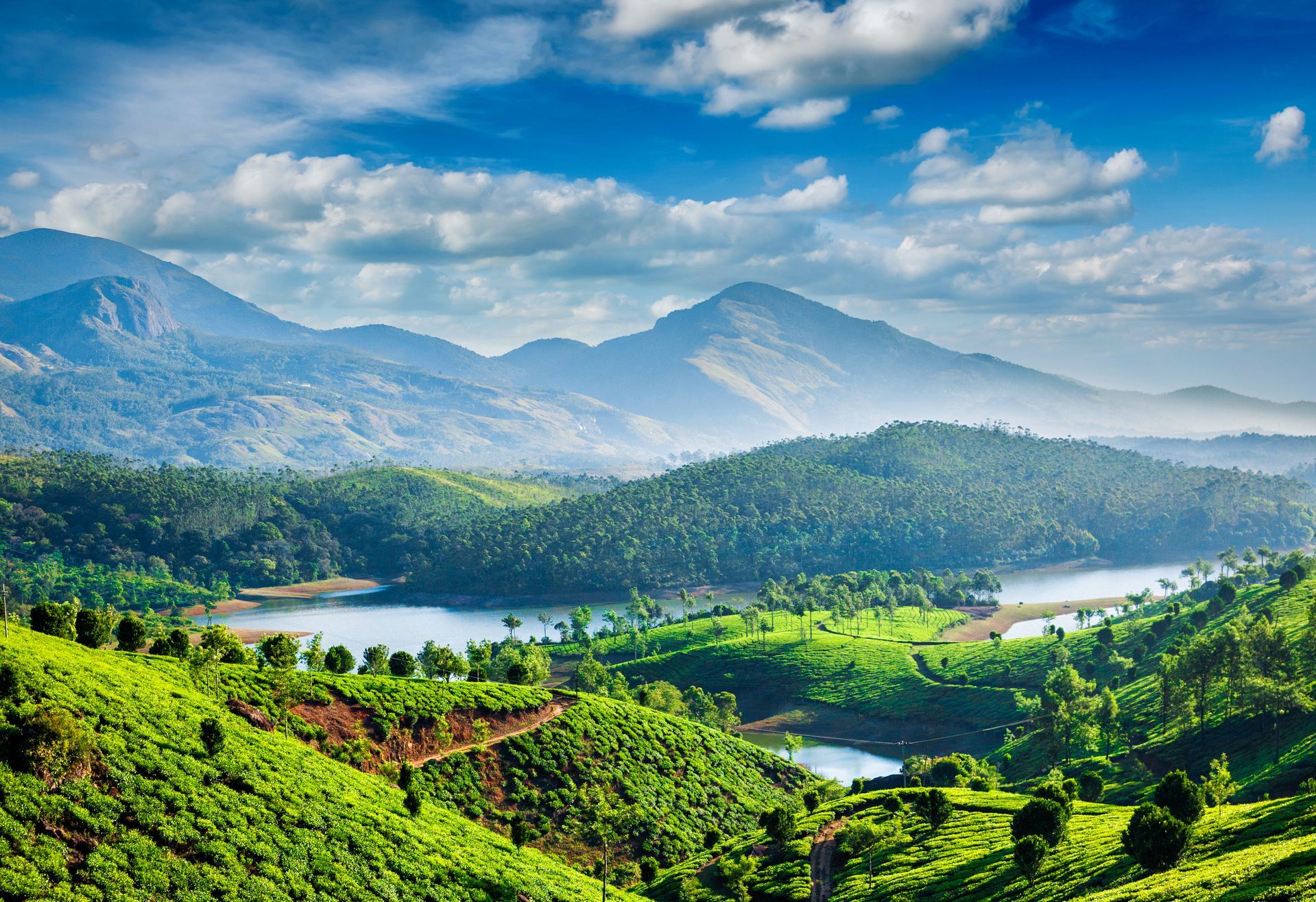Unveiling India’s Wild Heart: A Deep Dive into Nature tourism
India, a land of vibrant culture and ancient history, also boasts a breathtaking tapestry of natural landscapes. From the snow-capped Himalayas to the sun-drenched beaches of the south, and from the lush rainforests of the northeast to the arid deserts of the west, the country offers a diverse array of experiences for nature enthusiasts. Nature tourism in India has witnessed a significant surge in recent years, driven by a growing awareness of environmental conservation and a desire to escape the urban hustle. This article explores the richness of India’s natural offerings, the challenges faced by the industry, and the potential for sustainable growth.
India’s geographical diversity is the cornerstone of its rich biodiversity. This diversity translates into a plethora of nature tourism opportunities, catering to a wide range of interests.
The Majestic Himalayas: A Realm of Peaks and Valleys

The Himalayas, stretching across the northern border, are a magnet for trekkers, mountaineers, and spiritual seekers.
Trekking and Mountaineering: Regions like Ladakh, Himachal Pradesh, and Uttarakhand offer a multitude of trekking trails, ranging from easy day hikes to challenging multi-day expeditions. The iconic treks to the Valley of Flowers, Roopkund Lake, and the Everest Base Camp (Indian side) attract adventurers from around the globe.
The Lush Northeast: A Biodiversity Hotspot
The northeastern states, characterized by dense forests, rolling hills, and abundant rainfall, are a treasure trove of biodiversity.
Rainforest Exploration: The rainforests of Assam, Meghalaya, and Arunachal Pradesh are home to a wide variety of flora and fauna, including rare orchids, primates, and birds. Kaziranga National Park, a UNESCO World Heritage Site, is renowned for its population of one-horned rhinoceroses.
The Peninsular Heartland: A Land of Plateaus and Coastlines

The peninsular region, encompassing the Deccan Plateau and the coastal plains, offers a mix of wildlife sanctuaries, hill stations, and beaches.
Wildlife Sanctuaries: The Western Ghats, a UNESCO World Heritage Site, are home to numerous wildlife sanctuaries, including Periyar National Park in Kerala, Bandipur National Park in Karnataka, and Silent Valley National Park. These parks offer opportunities to spot elephants, tigers, leopards, and a variety of bird species.
The Arid West: A Desert Landscape
The Thar Desert in Rajasthan offers a unique and captivating landscape.
Desert Safaris: Camel safaris through the sand dunes are a popular activity in the Thar Desert. Visitors can experience the nomadic lifestyle of the desert people and witness the stunning sunsets.

While nature tourism in India holds immense potential, it also faces several challenges.
Environmental Concerns
Over-tourism: Popular destinations are often overcrowded, leading to environmental degradation, including pollution, deforestation, and habitat destruction.
Socio-economic Issues
Lack of Infrastructure: Many remote areas lack basic infrastructure, such as roads, accommodation, and sanitation facilities, making it difficult to develop sustainable tourism.
Opportunities for Sustainable Growth
Despite the challenges, there are numerous opportunities for sustainable growth in nature tourism.
Promoting Responsible Tourism: Encouraging tourists to adopt responsible travel practices, such as minimizing waste, respecting local cultures, and supporting local businesses.
The future of nature tourism in India depends on a concerted effort to promote sustainable practices. This requires a collaborative approach involving government agencies, tourism operators, local communities, and tourists themselves.
Government Initiatives: The government needs to implement policies and regulations that promote sustainable tourism, including stricter enforcement of environmental laws, investment in infrastructure, and support for community-based tourism initiatives.
By embracing sustainable principles, India can unlock the full potential of its natural heritage and create a thriving nature tourism industry that benefits both people and the planet. The journey towards sustainable nature tourism is a continuous process, requiring ongoing commitment and collaboration. However, the rewards are immense: a healthy environment, thriving local communities, and unforgettable experiences for nature lovers from around the world.


